作者:蒂莫西-奥尼尔和卡尔-塞利格
squircle "一词是 "方形 "和 "圆形 "的谐音或混搭。它看起来像一个圆角的正方形。在数学上,这种形状被称为超椭圆。在 SMT 模版设计中,通常使用较宽松的定义,实际形状被称为圆角方形--通过分离圆的四个象限并用直线将它们连接起来而产生。
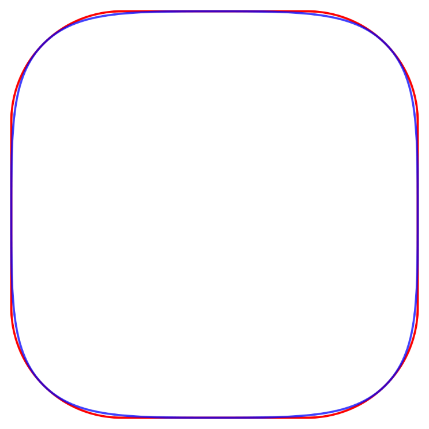
事实证明,蜗形是一种有效的形状,既能在狭小空间内最大限度地增加焊膏用量,又能提高传输效率。
方形孔径的特性
松鼠孔设计融合了圆形和方形孔径的优点。
圆形光圈功能
由于圆孔的设计光滑圆润,因此没有焊盘重叠角,也没有锡膏死角。但要在狭小的空间内获得足够的锡膏量,使用圆形要困难得多。这是因为直径一定的圆形的面积小于边长相同的正方形的面积(使用圆形面积与正方形面积的公式:(π/4)d2 < d2).
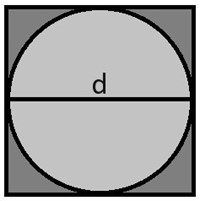
此外,圆形在整个孔径上具有相同的表面张力。在分离过程中,这可能会增加留在孔中的焊膏量。想象一下平面上的肥皂泡,相等的表面张力使其保持稳定。同样的特性也会阻止焊膏从圆形孔中流出。
方形光圈功能
正方形的固有优点是能在狭小空间内最大限度地增加焊膏量。然而,在印刷焊膏时,颗粒往往会在尖锐的孔角处聚集,从而导致沉积物之间的差异增大。随着时间的推移,如果钢网擦拭效率降低,焊膏累积量增加,这种差异也有可能增大。
正方形的表面积本来就比相同主要尺寸的圆形大,因此应该能沉积更多的焊膏,但如果这些夺取焊膏的边角与焊盘边缘重叠,就会产生密封问题,从而进一步导致偏差增大。
方形孔径
方形孔结合了方形孔的体积优势和圆形孔的浆料释放优势,同时也避免了浆料堆积的区域。它为印刷过程中极具挑战性的部分带来了两全其美的效果。
孔径形状的实验比较
在墨西哥华雷斯的 AIM 应用实验室,使用包含方形、圆形和蜗形孔径形状的钢网进行了广泛的印刷测试,证明蜗形孔径是解决许多印刷难题的有效方法。通过测试具有相同主要尺寸(直径或边长)和相似面积比的孔径,我们能够直接比较转移效率和实际沉积量。
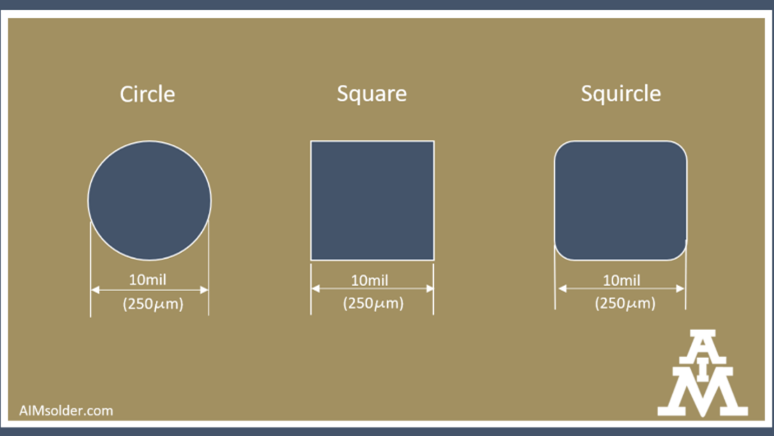
图 4 显示了每种孔径的测量传输效率和计算变异系数。请注意,正方形的转移效率略低于圆形,但仅差几个百分点。在使用 4 型浆料时,正方形的变异系数也略高,与 5 型浆料的数据相当。圆形一直具有最高的传输速率,与方形或圆形相比,其变化率相当或更低。
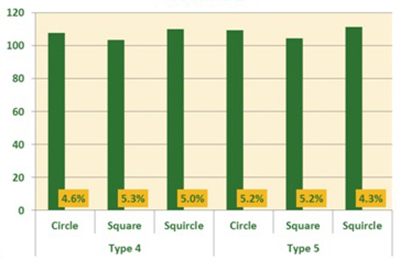
图 5 显示了每种孔径形状沉积的平均体积。请注意,虽然正方形的传输效率较低,但其较大的面积却比圆形产生了更多的沉积物。但在所有孔径中,圆形的沉积量最高。在所有情况下,5 型浆料始终能产生较高的体积,但不足以证明在生产环境中过渡到 5 型浆料是合理的,因为在生产环境中会出现成本、单独存储和回流焊等问题。
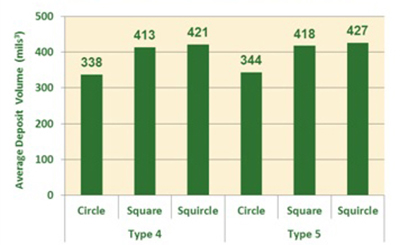
最后说明
值得注意的是,与类似印刷测试的典型结果相比,这些实验的转移率非常高,变化率非常低。这些印刷测试是在理想环境下进行的,使用的是聚合物纳米涂层钢网。在生产环境中出现类似的趋势是合理的,但转移率会更低,变异率会更高。考虑在面积比率较小的钢网上使用纳米涂层也是合理的,因为纳米涂层可以提高质量(经常有记录)。
收集到的数据(此处未显示)还表明,蜗牛对室温老化和两次打印之间的长时间停顿(>60 分钟)的影响更有抵抗力。
虽然我们的研究强调了 "鼠笼网 "的潜力,但还需要进一步研究,以探索其在各种装配条件和材料中的应用。尽管如此,初步研究结果还是很有希望的,它将小方格定位为钢网设计实践中的一种可行的改进措施。
根据最初发表于电路组装的文章 "方圆 "改编.


